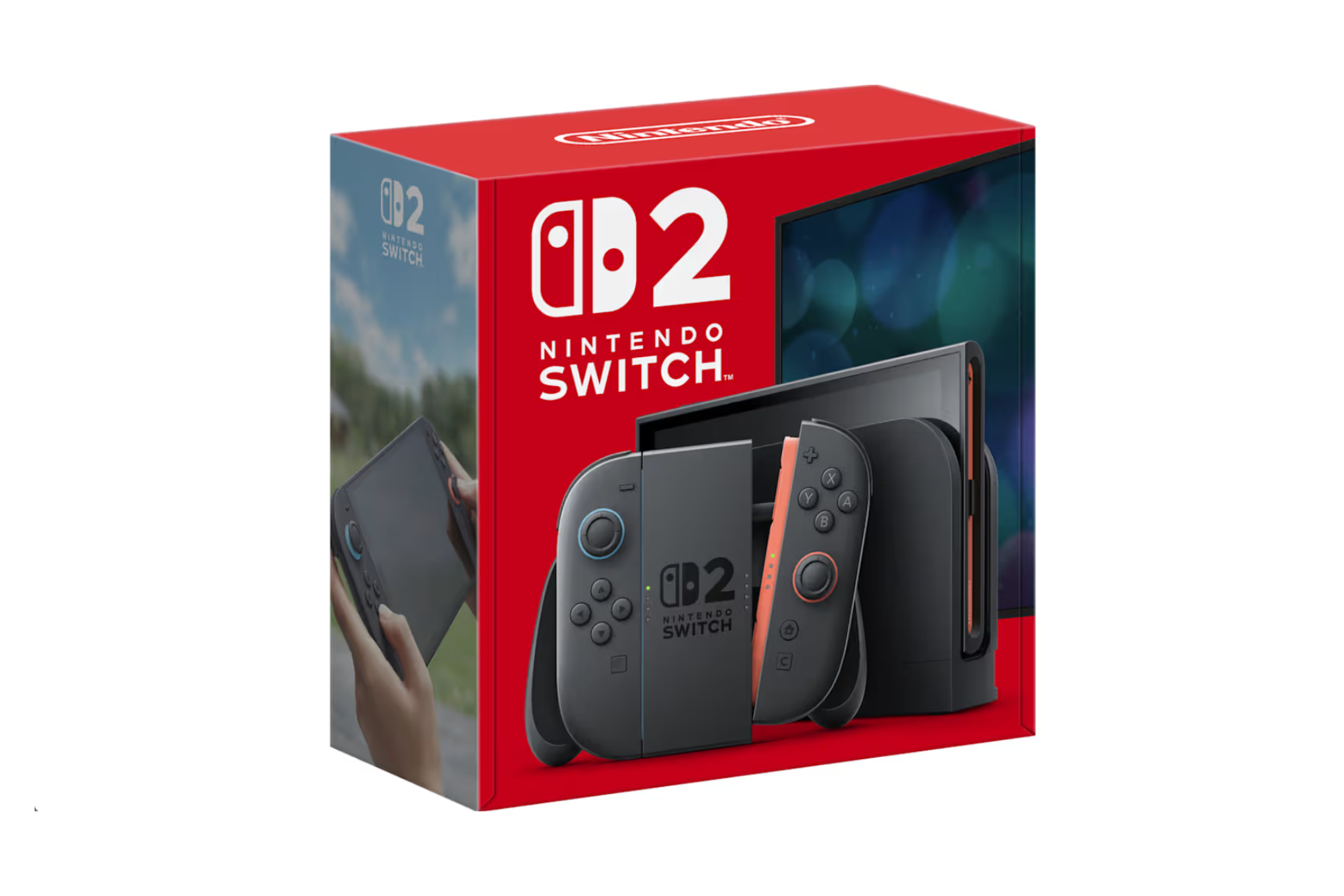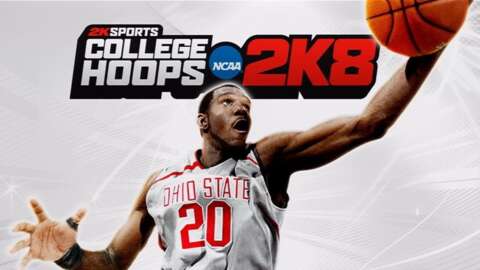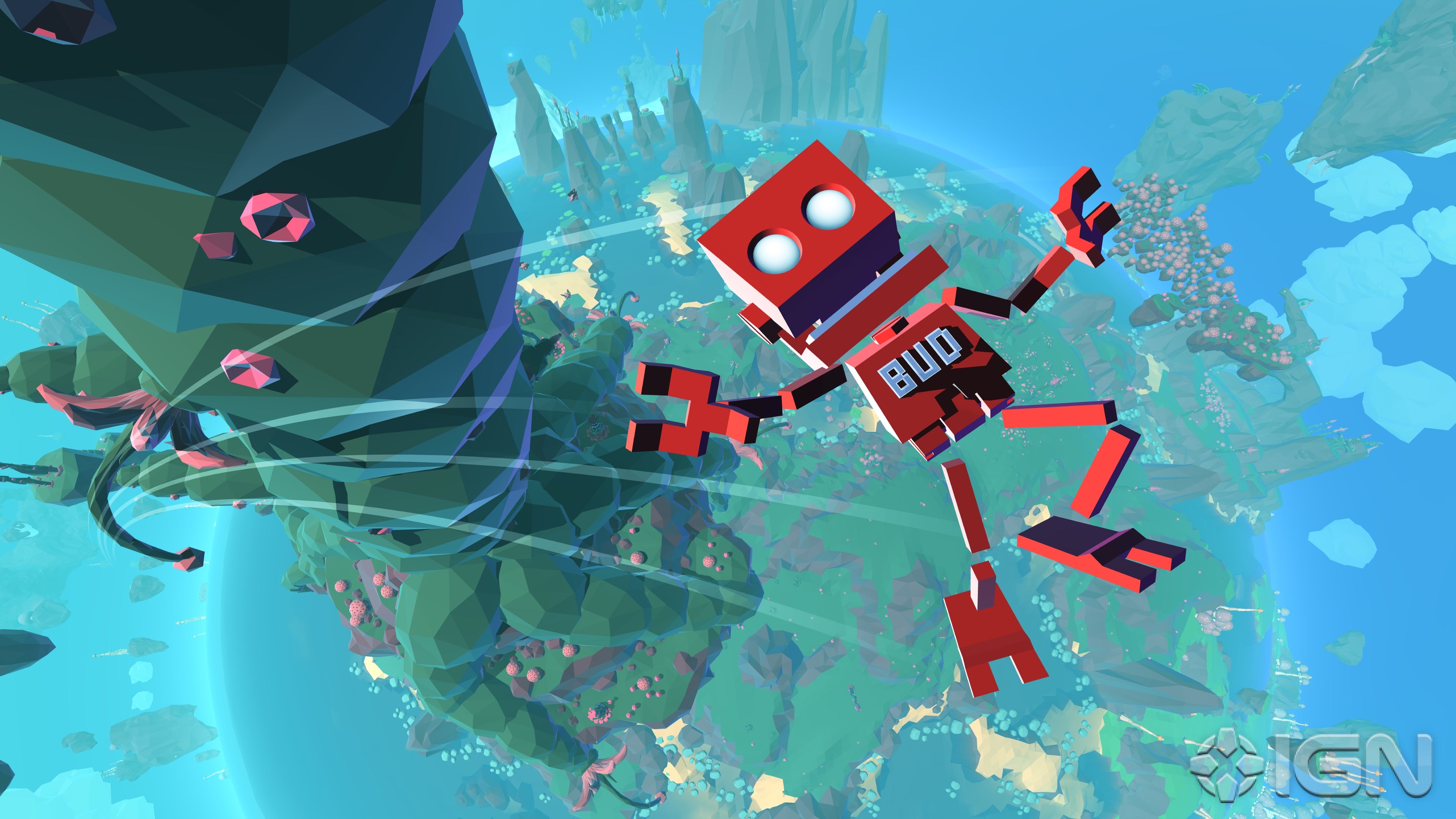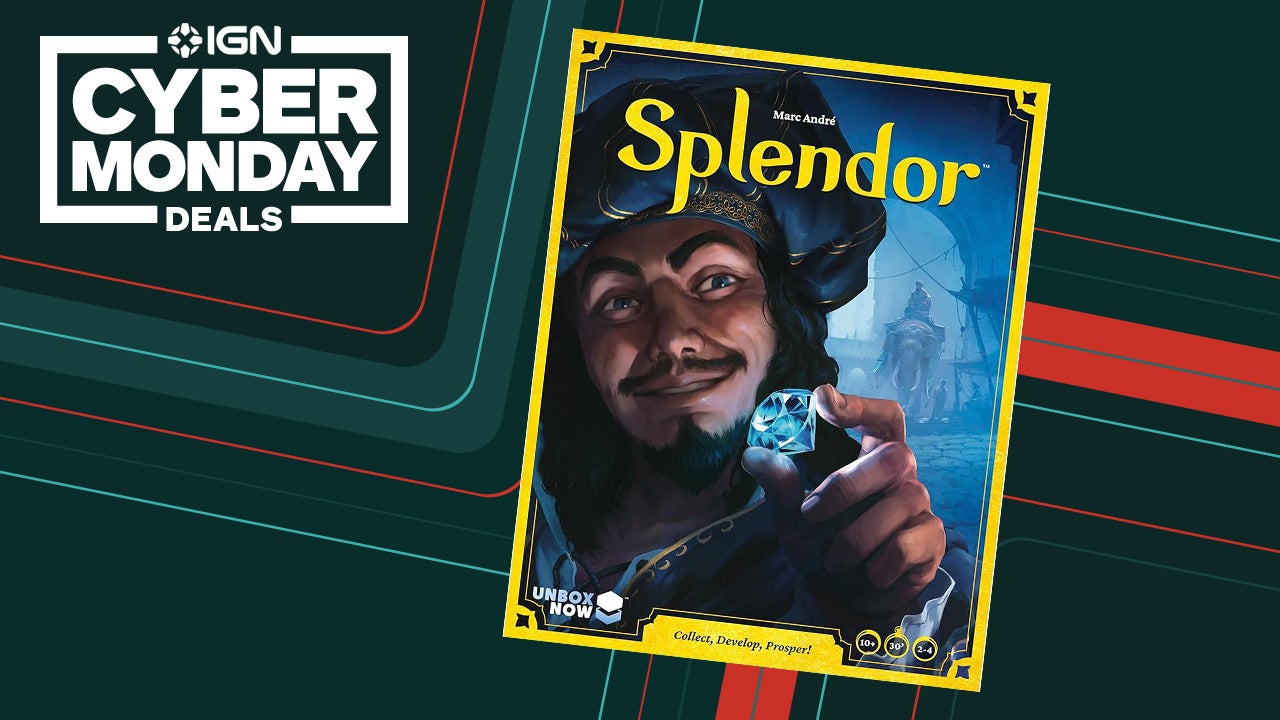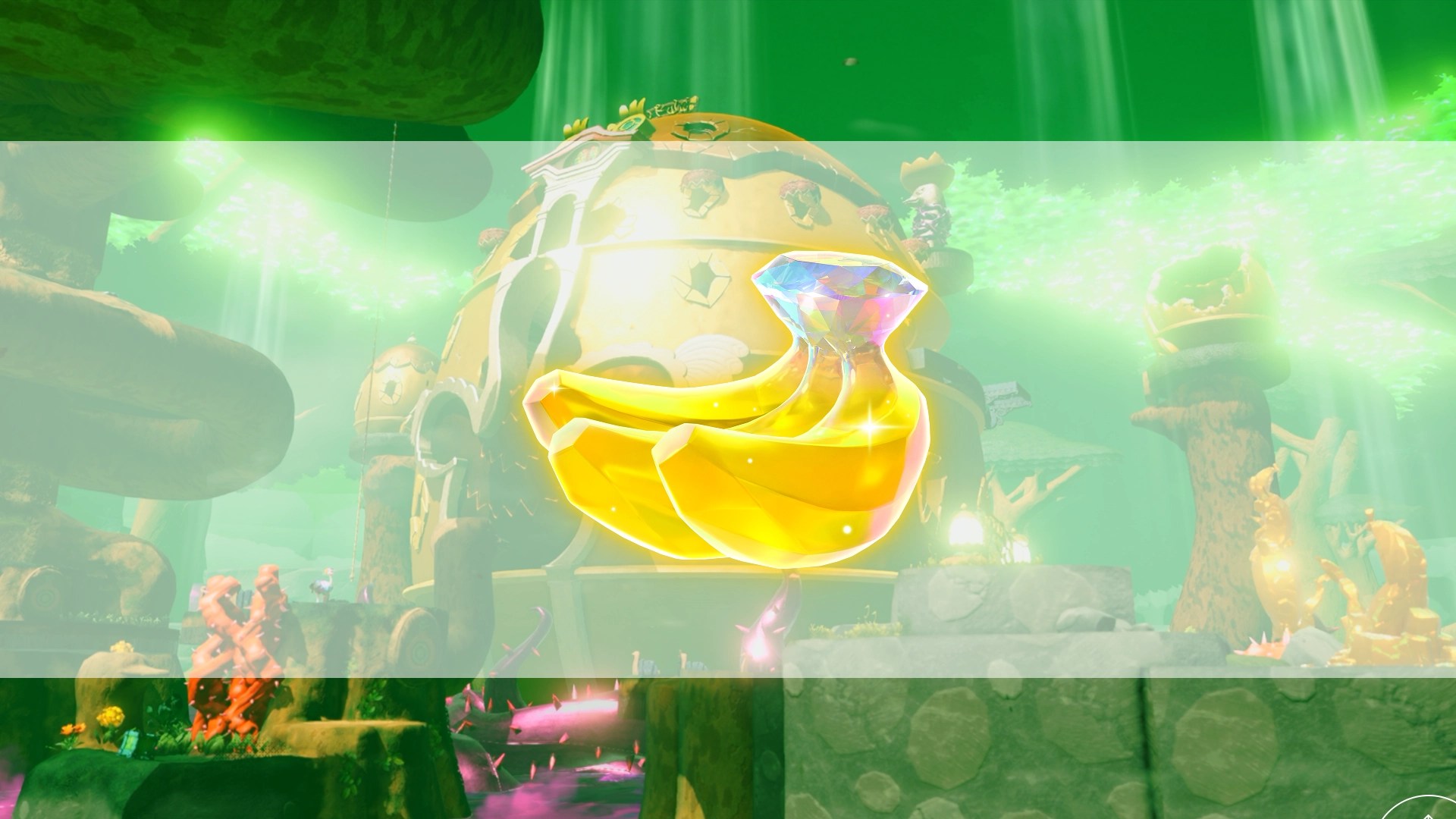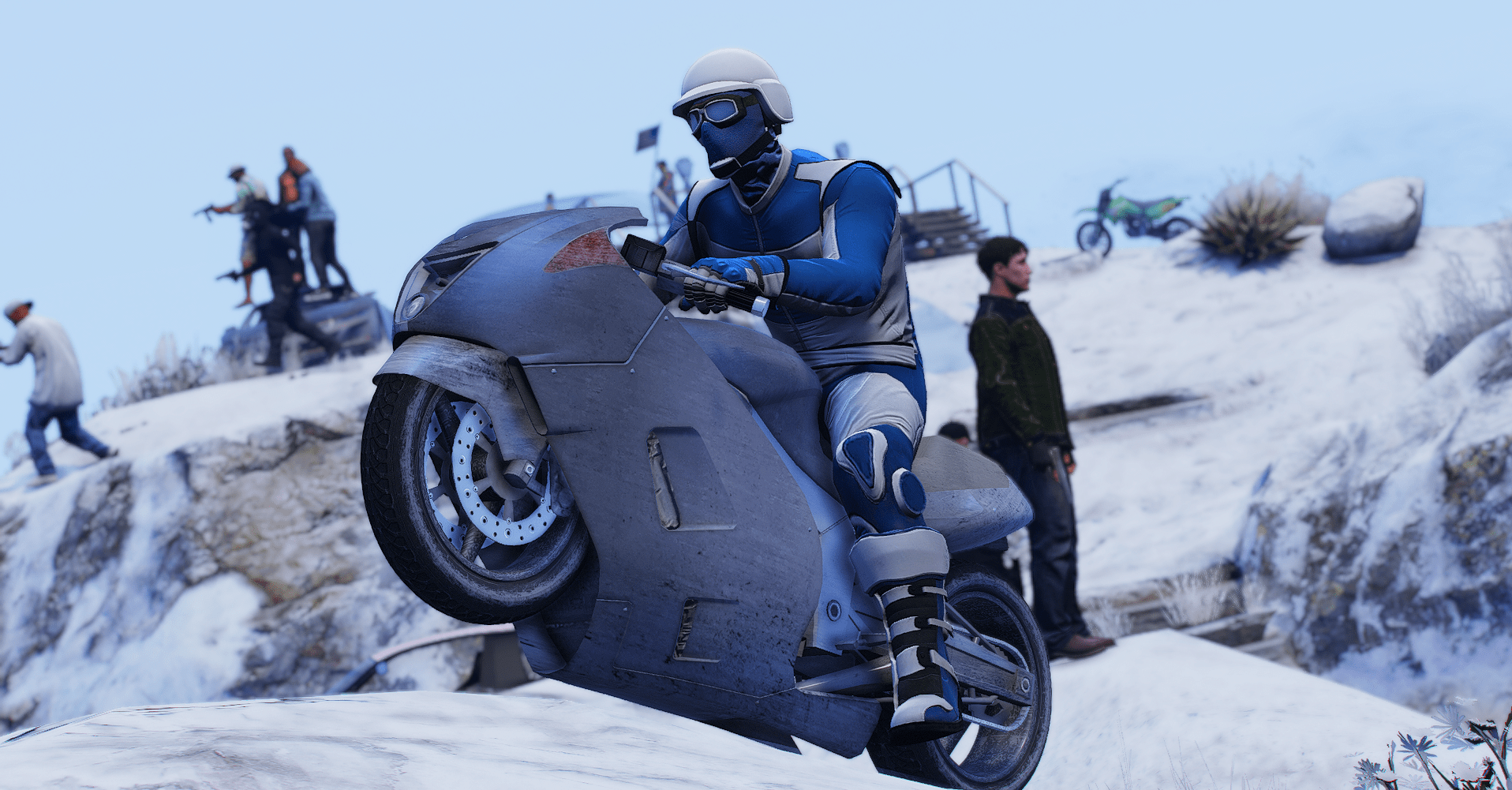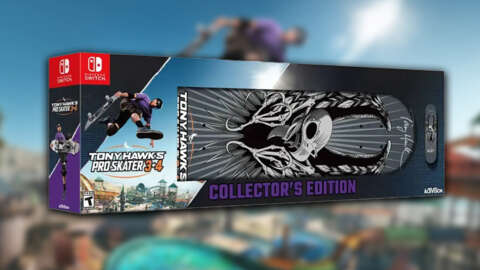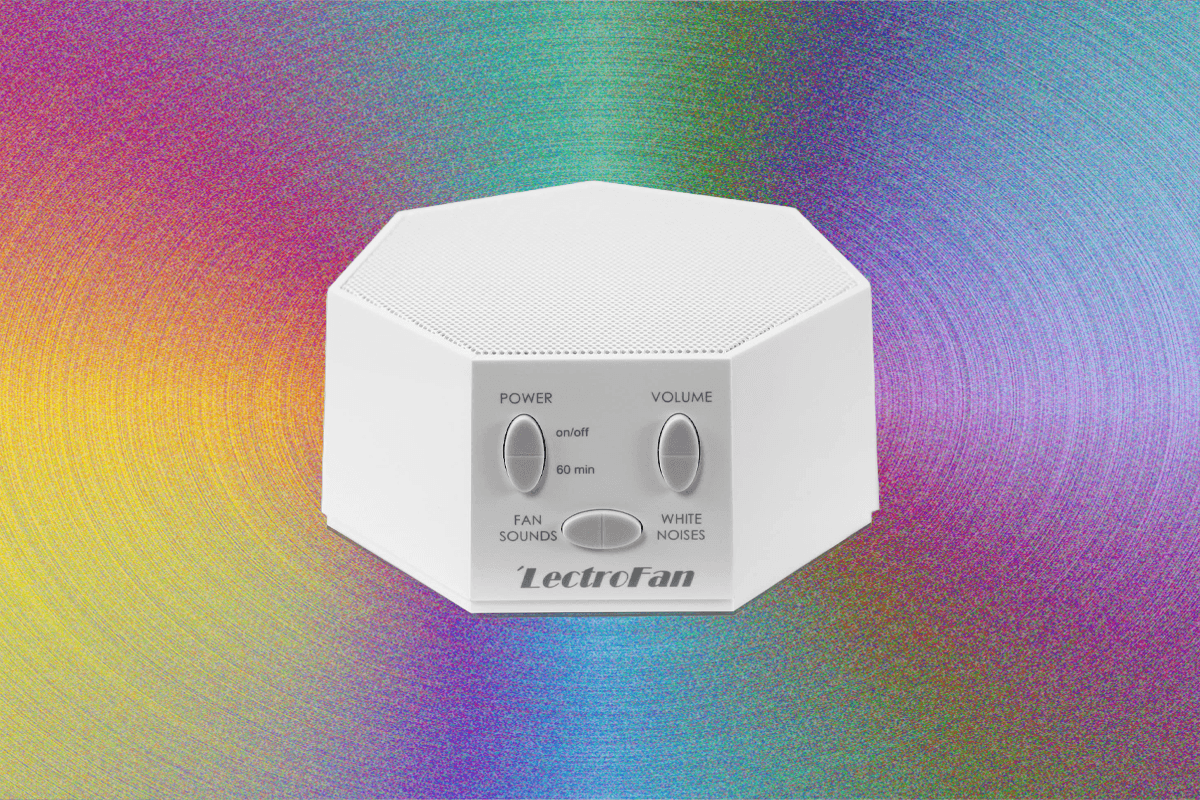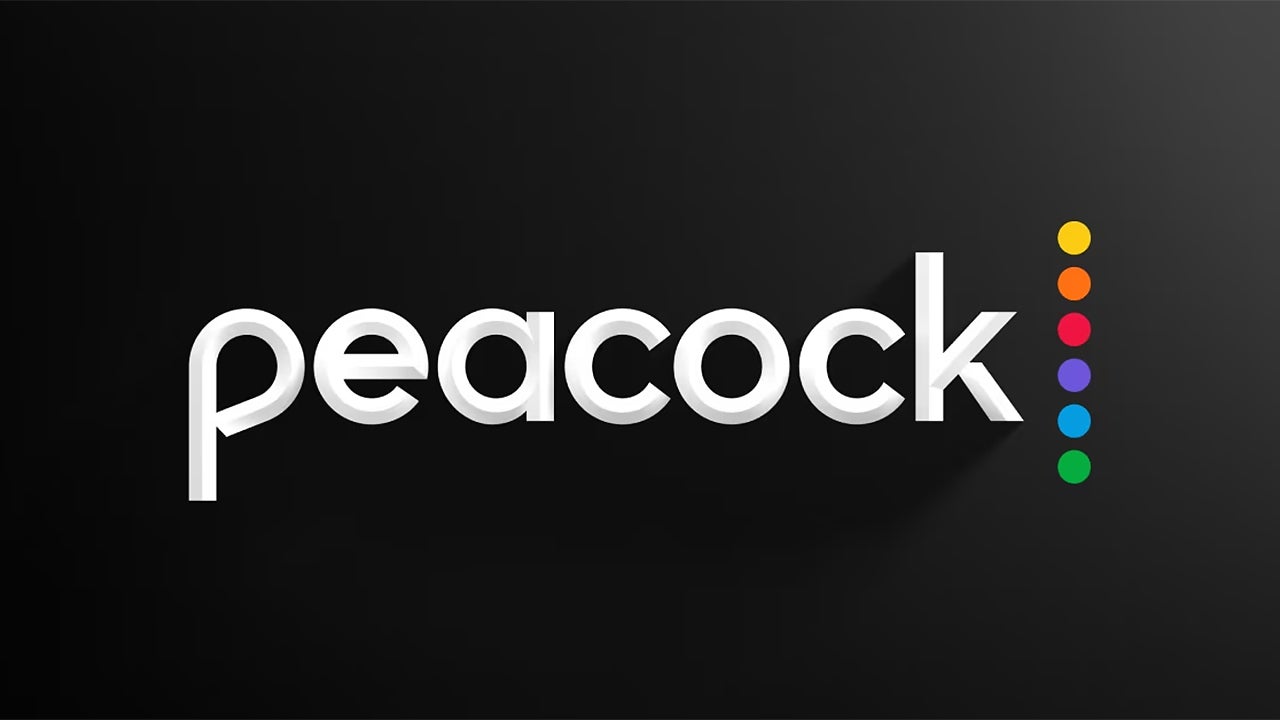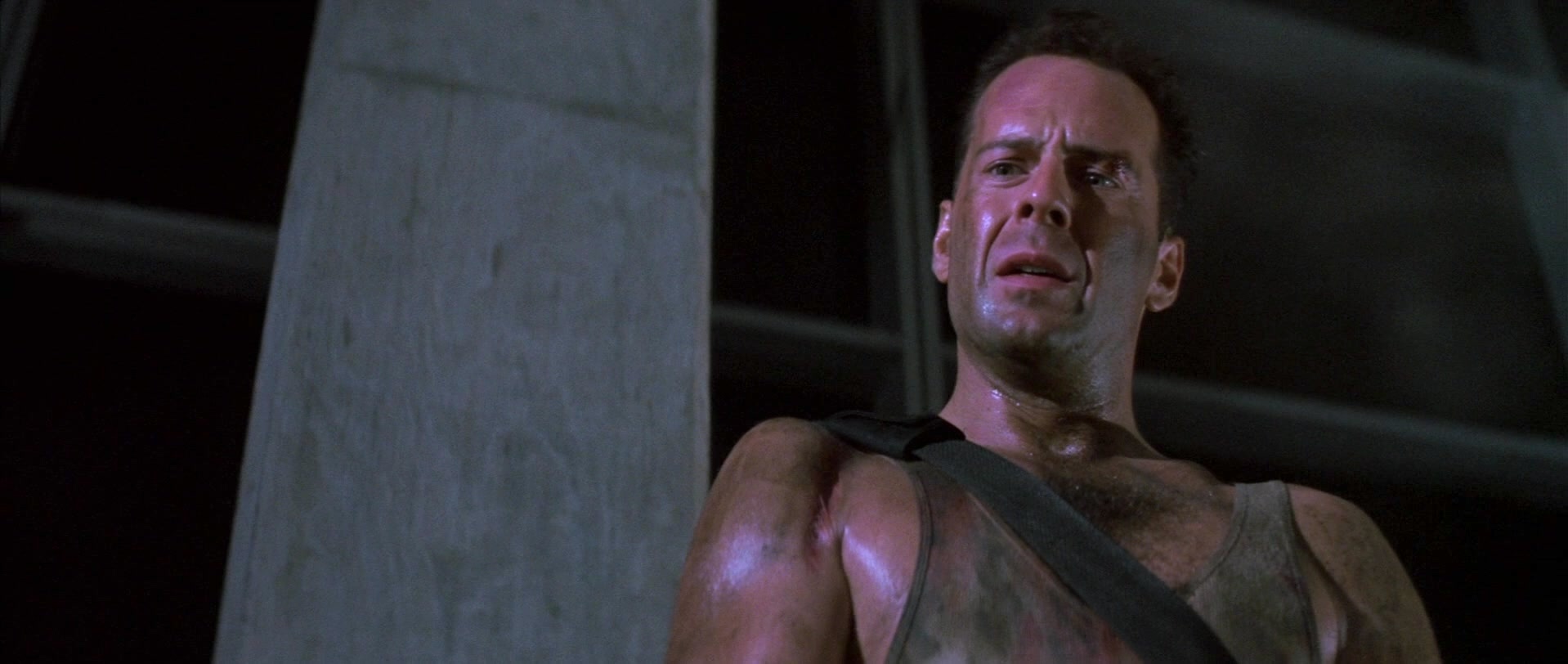
If it ain’t broke, don’t fix it. This seems to have been Nintendo’s watchword for the Switch 2 — and not just in terms of the design of this iterative sequel to the Switch, a runaway success that’s likely to become Nintendo’s biggest seller ever.
When it comes to marketing and promotion, too, Nintendo seems determined to follow the Switch playbook to the letter, even to the extent that the packaging looks so similar it might confuse people. The company’s plan for unveiling, promoting, and launching the Switch 2 maps exactly onto the strategy it used for the Switch eight years earlier: a basic video reveal, followed three months later by an in-depth Direct, game announcements, and press previews, followed just two months later by the launch.
Even by Nintendo’s standards, this was a conservative campaign. But this caution hasn’t really paid off. Despite the Switch 2’s similarity to the Switch — or, perhaps, because of it — this has been a very different launch in a very different context, and the playbook hasn’t run nearly as smoothly. In the short weeks since its full reveal in April, the Switch 2 has faced controversy and negative headlines, and Nintendo has seemed unusually fumbling in some of its responses.
Some of these headwinds will have been foreseen by Nintendo. Surely no one in the Kyoto or Seattle offices was expecting a positive reception to the console’s $449.99 price — a $150 jump up from the Switch and a historical high for a Nintendo console, even adjusting for inflation. With that sticker price set, there wasn’t much for execs like Bill Trinen to do but explain the economic context, make the best case for the console they could, and take everyone’s anger and disappointment on the chin.

Much the same will have been true for the furor over the $79.99 price of Mario Kart World. In a sense, Nintendo drew the short straw here, publicly taking the fall for a price hike that many other publishers are expected to employ before the end of the year. But Nintendo made the issue more contentious than it needed to be through inconsistency and lack of transparency in its communication about pricing across the board.
Charging for the Nintendo Switch 2 Welcome Tour demo software; gating one of the console’s primary features (GameChat) behind a Nintendo Switch Online subscription; charging variable amounts for Nintendo Switch 2 Edition upgrades to Switch games; these are all individually defensible decisions, but Nintendo’s messaging about them was jumbled and incomplete. Taken together with the Mario Kart World price, these decisions created a sense that Nintendo was nickel-and-diming customers and (rather ineptly) trying to hide it.
Other things happened that were at least partly beyond Nintendo’s control, but that contributed to a sense of instability around the launch. The Trump administration’s chaotic tariffs policy caused a delay to pre-orders and some pricing changes; when pre-orders eventually did go live in the U.S., many retailers’ systems couldn’t cope with the demand (the midnight timing set by Nintendo didn’t help.) Nintendo’s own invitation-only pre-order system was more orderly, but still overwhelmed. Although Nintendo had reportedly delayed the launch of the Switch 2 to provide adequate stock, it still seemed unprepared for the scale of demand.
Nintendo made some rare unforced errors, too. It didn’t get out in front of the controversial game-key cards — physical editions of games that don’t actually contain the game data — instead allowing news of them to trickle out via a support page. This was one of several technical details about the new system that Nintendo flubbed. In one small but inexplicable error, Nintendo originally promised support for variable refresh rate displays in docked mode, and then quietly removed mention of this feature from its websites, before eventually being forced to apologize for the mistake. It has not been able to confirm or deny if the feature might be coming in a future system update.

Some of Nintendo’s difficulties with the Switch 2 campaign seem due to the company being pushed outside its comfort zone, both by the nature of modern video game platforms and by the console’s relationship to its predecessor.
This is the first time Nintendo has ever marketed a console with a “2” in its name (although you could argue it has used words like “Super” and “Advance” similarly in the past). The company usually prefers to talk about innovative features and gameplay experiences rather than technical specs. But the pitch for Switch 2 is pretty straightforwardly “Switch, but more powerful,” and the console’s high price means its biggest market will likely be the core gaming demographic — one that’s used to comparing hardware specs before making purchases. So Nintendo has been forced to start talking about things like variable refresh rate, performance modes, and DLSS. It took the unusual step of making three hardware technicians the stars of the big Switch 2 reveal; in interviews and Q&A sessions, they seemed out of their depth, sharing dry, obviously scripted responses.
Tech fetishism is a weird look for Nintendo, but a command of the details is essential in a modern console launch. This is as much about continuity as novelty. Players want to know what’s new and what’s improved about the new console, but they also want to feel a seamless and reliable continuation of the experience they had on the previous one. Since backward compatibility with digital libraries became the default position with PlayStation 5 and Xbox Series X, a whole series of new questions have been raised about new console platforms, including, notably: How will my old games be improved?
Nintendo’s innate pedantry and brand caution are a bad fit for the messaging challenge of a modern generational transition, where people crave simplicity but the answers to their questions can get quite complicated. That’s how we’ve ended up with a game called Super Mario Party Jamboree — Nintendo Switch 2 Edition + Jamboree TV. That’s why we have only this week seen footage of the free update to Pokémon Scarlet and Violet running much better on Switch 2 — something another manufacturer might have made a key selling point. That’s why we’re all still so confused about Virtual Game Cards, game-key cards, GameShare, and GameChat.

Will any of this matter? Has Nintendo blown it? Probably not. In the short term, the Switch 2 is all but guaranteed to sell out of its initial stock allocations. In the longer term, there are only two things that can sink it, and a fudged PR rollout isn’t likely to linger long enough in the collective memory to be one of them.
The first of those is if the experiences offered by the new console and its games are disappointing. It’s too early to say, but that seems unlikely. Initial responses to Mario Kart World suggest the game’s quality and scope will overwhelm concerns about its price, while the console and its features seem to have been engineered with typical attention to detail. And despite its complexities, there’s nothing about the Switch-to-Switch-2 transition that’ll be as alienating or confusing to the general public as the festival of cognitive dissonance that was the move from Wii to Wii U.
The second thing that might sink Switch 2 is its price. On this question, we probably won’t know the answer until next year, once Nintendo starts to run out of hardcore customers who were always going to buy one regardless. Amid a cost-of-living crisis, breaking the $400 barrier could really hurt Nintendo with its traditional family audience. At the same time, PlayStation 5 has been selling extremely well at a similar price point for over four years now. It’s more powerful, but history shows players place a value on portability — the original Switch launched at the same price as a PS4 Slim and did just fine.
Marketing a game console is a marathon, not a sprint. Soon, Switch 2 will be in our hands, and the controversy and confusion of the last eight weeks will be a distant memory. But if Nintendo is going to keep the Switch’s momentum rolling into the next generation, it clearly has a few things to learn.
Source:https://www.polygon.com/nintendo-switch-2/603539/switch-2-launch-release-failures